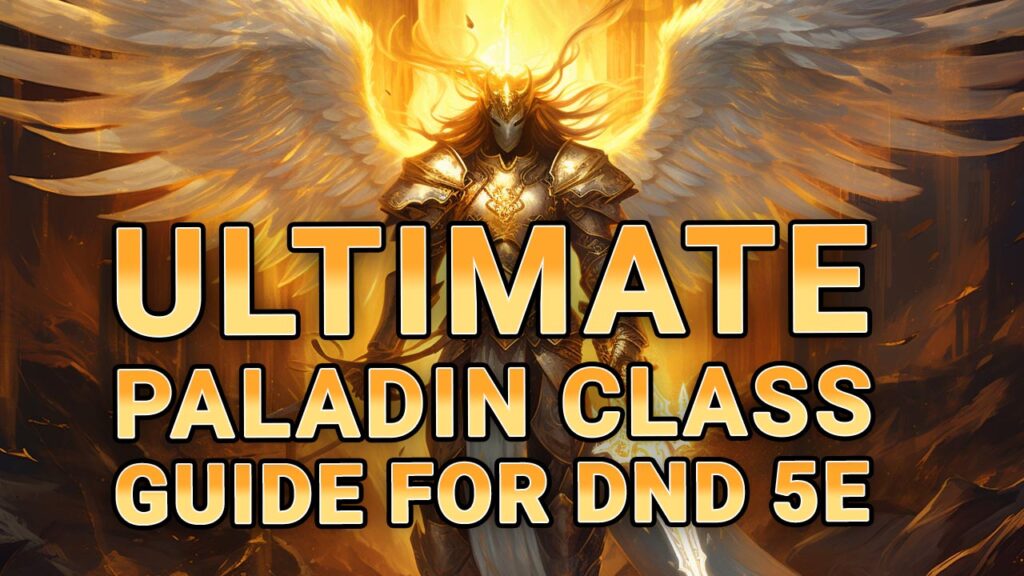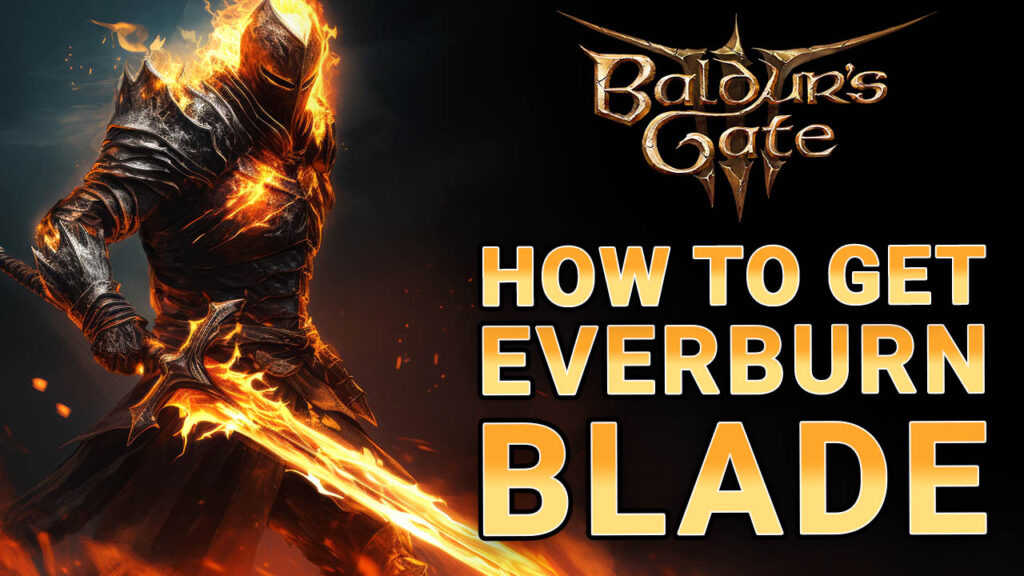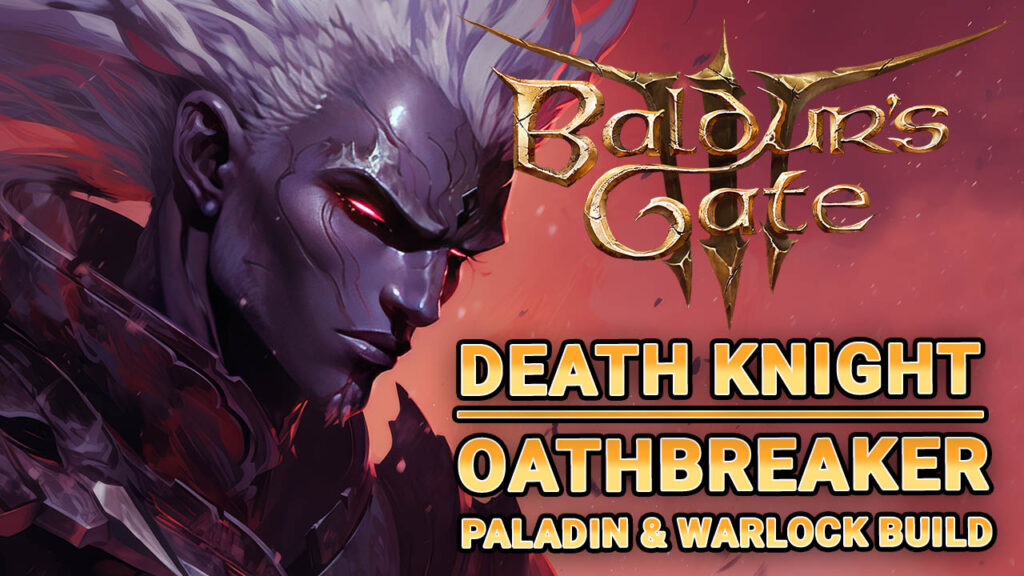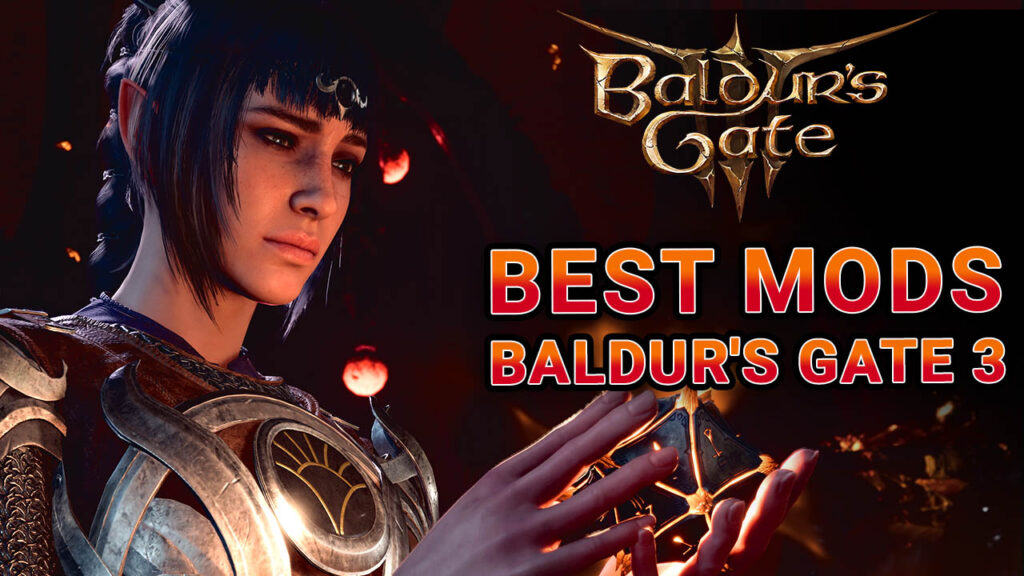Baldur’s Gate 3 Beginners Guide For New Players

In this introductory guide to Baldur’s Gate 3 mechanics, we’ll discuss the game’s systems. We’ll delve into how Baldur’s Gate 3 operates, the mechanics behind skill checks, the process of attacks and spells, the significance of ability scores and modifiers, and the concepts of advantage and disadvantage. This will equip you with a clearer grasp as you navigate through the game.
Baldur’s Gate 3 draws its foundation from the 5th edition of Dungeons & Dragons rules, utilizing a system where a 20-sided die, known as a D20, determines outcomes in various in-game situations.
During battles, the game’s engine automatically manages these rolls, but players can view the outcomes in the screen’s bottom right corner.
For non-combat scenarios, like dialogues, the dice rolls are more prominently displayed.
One of the standout features of playing tabletop games on a PC or console is the automated calculations. This means players don’t have to keep track of every detail influencing their encounters.
However, if you’re unclear about the mechanics of abilities, you might face challenges.
So, let’s begin with that.
Abilities
What are commonly known as attributes in most games, are instead called “Abilities” in Baldur’s Gate 3.
Thus, characteristics like Strength, Dexterity, Constitution, Intelligence, Wisdom, and Charisma fall under the “Abilities” category in the context of Baldur’s Gate 3.
This might initially be confusing at first, especially since most other RPGs use “Abilities” to describe a character’s skills or other active and passive capabilities. While in BG3, we instead use terms like attributes or stats.
Ability Score and Ability Points
The numerical representation of each of these abilities or stats is known as the Ability Score, which uses Ability Points, to get to this value
When creating your character, you are given a total of 27 Ability Points.
The game will automatically assign these Ability Points for you, giving you a total Ability Score in each of the 6 Abilities (strength, dexterity, constitution, intelligence, wisdom, charisma) for you, based on the class you selected.
You can however click the “Clear” button to reset this, at which point you will see that you have all 27 Ability Points refunded to you, available to distribute towards your character’s Abilities, creating your own Ability Scores as you please.
When clicking the “Clear” button, you will see that no Ability goes below 8. This is because of how another mechanic called the “Ability Modifier” works. (I will explain this shortly).
You will also see that the maximum Ability Score that any ability can have during character creation, is 17. Ability scores can go beyond this in-game thanks to your character gaining further levels or bonuses provided by weapons, armor and items, but during character creation, the limit is soft capped at 17.
Ability Modifier
The Ability Modifier is a mathematical calculation that dictates either the bonus or deduction derived from an ablitlity’s Ability Score.
This happens often, if not constantly, whenever there is an Ability Check (I will explain this shortly) in game.
To calculate the Ability Modifier, we take the Ability Score, subtract 10, and then halve the result, rounding down.
- (Ability Score – 10) / 2 = Ability Modifier
For example:
With the highest Ability Score of 17 during character creation, we subtract 10 to give us a new (temporary) ability score of 7. We then divide 7 by 2 to equal 3.5. Lastly, we round down 3.5, resulting in an Ability Modifier of +3.
- (17 – 10) / 2
- (7) / 2 = 3.5
- 3.5 rounded down = +3 Ability Modifier
- Thus 17 = +3 MODIFIER
With the lowest Ability Score of 8, we subtract 10 to give us a new (temporary) ability score of -2. We then divide -2 by 2 to equal -1. Lastly, we round down -1, resulting in an Ability Modifier of -1.
- (8 – 10) / 2
- (-2) / 2 = -1
- -1 rounded down = -1 Ability Modifier
- Thus 8 = -1 MODIFIER
Your ability scores and their corresponding modifiers play a pivotal role in determining your character’s success in various in-game situations.
Here is a table representing all the calculations and Ability Modifiers for all Ability Scores of 8 all the way up to 21.
| Ability Score | Calculation | Ability Modifier |
| 8 | (8 – 10) / 2 = -1 | -1 |
| 9 | (9 – 10) / 2 = -0.5 | -1 (rounded down) |
| 10 | (10 – 10) / 2 = 0 | 0 |
| 11 | (11 – 10) / 2 = 0.5 | 0 (rounded down) |
| 12 | (12 – 10) / 2 = 1 | +1 |
| 13 | (13 – 10) / 2 = 1.5 | +1 (rounded down) |
| 14 | (14 – 10) / 2 = 2 | +2 |
| 15 | (15 – 10) / 2 = 2.5 | +2 (rounded down) |
| 16 | (16 – 10) / 2 = 3 | +3 |
| 17 | (17 – 10) / 2 = 3.5 | +3 (rounded down) |
| 18 | (18 – 10) / 2 = 4 | +4 |
| 19 | (19 – 10) / 2 = 4.5 | +4 (rounded down) |
| 20 | (20 – 10) / 2 = 5 | +5 |
| 21 | (21 – 10) / 2 = 5.5 | +5 (rounded down) |
Looking at this table, it’s also very important to note that your character will only gain an extra Ability Modifier on even numbered Ability Scores.
In other words every second Ability Point gives you 1 Ability modifier. This is because we are rounding down the Ability Modifiers each time, as per the equations we just covered.
For example:
- When the Ability Score increases from 8 to 9, the result of the division changes from -1 to -0.5. However, due to the rounding down rule, the Ability Modifier remains at -1 for both scores. This means that even though the Ability Score increased by 1 from 8 to 9, the Ability Modifier did not change; thus both 8 and 9 have the same Ability Modifier.
- When the Ability Score increases from 15 to 16, the result of the division changes from 2.5 to 3. Due to the rounding down rule, the Ability Modifier for a score of 15 is +2. However, for a score of 16, the result is a whole number, so the Ability Modifier increases to +3. This means that the 1 point increase in Ability Score from 15 to 16 resulted in a 1 point increase in the Ability Modifier.
In summary, the transition from an odd to an even Ability Score (like 15 to 16) results in an increase in the Ability Modifier, while the transition from an even to an odd Ability Score (like 8 to 9) does not change the Ability Modifier due to the rounding down rule.
Here is also an Ability Modifier Calculator as an alternative to the above table.
BG3 – Ability Modifier Calculator
D20 in Baldur’s Gate 3
The reason that I start this Baldur’s Gate 3 beginner guide with a focus on ability scores and modifiers is due to the D20’s (20 sided dice), that plays a fundamental role in three key scenarios:
- Ability Checks
- Attack Rolls
- Saving Throws
Each of these scenarios factors in your ability modifiers when determining results, making it essential to understand their calculations.
Ability Checks
When you engage in interactions within the game world that test a character’s capabilities, ability checks come into play.
These checks frequently arise during dialogues, while picking locks, disarming traps, or searching for concealed doors, items, or hidden treasures.
Each “Ability Check” is paired with a “Difficulty Class”, abbreviated as DC.
This represents the number you need to achieve or surpass with your D20 roll to either successfully complete the check or fail it.
Baldur’s Gate 3 sets the DC for every challenge in the game, making it the core mechanic that drives the game’s outcomes.
To overcome these challenges, it’s crucial to have characters with solid ability modifiers, as this directly increases your chances of successfully passing the Ability Check.
However, the catch is that the “Difficulty Class” for certain concealed items, doors, or treasures might remain hidden until you either pass or fail the check.
Hence, it’s a good strategy to frequently save your progress, allowing you to reload and attempt again if desired.
Here is a general breakdown of task difficulty based on the DC value.
- Very Easy = 5
- Easy = 10
- Medium = 15
- Hard = 20
- Very Hard = 25
- Nearly Impossible = 30
For instance; for tasks labeled as “very easy,” you only need a D20 roll of 5 to succeed, while tasks deemed “nearly impossible”.
To even approach a score of 30, your character would need an exceptionally high ability modifier, additional boosts like proficiency or expertise, guidance, and almost a flawless roll of 20 on the die.
Attack Rolls
The second application of the ability modifier is in Attack Rolls, which occur when one character attempts to strike another.
When launching an attack, either with weapons or unarmed, players roll the D20.
If the outcome is equal to or surpasses the target’s Armor Class (AC), the attack lands successfully.
- For melee and unarmed attacks, the character’s strength modifier is added to the attack roll.
- For ranged weapons the character’s dexterity modifier is added to the attack roll.
However, there are exceptions.
- For instance, melee weapons with the “finesse” attribute can use dexterity in place of strength.
- Similarly, the monk’s “martial arts” class feature permits the use of dexterity over strength.
Once an attack connects, the ability modifier is also incorporated into the damage calculation.
The damage is determined by rolling the weapon’s designated die or dice and then adding the relevant ability modifier. This implies that characters with higher strength or dexterity not only have a better chance of landing their attacks but also inflict greater damage when they do.
Hence, for characters who predominantly rely on weapons to deal damage, strength and dexterity are vital stats.
Typically, such characters will prioritize one over the other.
Saving Throws
Saving throws are mechanisms used to determine a character’s defense against various effects or spells within the game.
Each effect or spell has an associated Difficulty Class (DC) that a character must match or exceed with their saving throw roll to resist or mitigate the effect.
These spells and effects will specifically target one of the character’s six abilities, and the corresponding ability modifier will be applied to the roll.
Similar to ability checks and attack rolls, the roll must meet or surpass the target number for the saving throw to be successful.
For those creating characters with spellcasting abilities, like wizards or sorcerers, it’s beneficial to aim for the highest possible DC for their spells. This makes it more challenging for adversaries to succeed in their saving throws, thereby enhancing the caster’s overall effectiveness.
Spellcasting Ability Modifier
Each class possesses a unique ability that plays a role in determining their spellcasting prowess, known as the spellcasting ability modifier.
For example, clerics rely on wisdom to set their spell DC, while wizards use intelligence.
The DC required to resist one of your spells is calculated as 8, plus your spellcasting ability modifier, plus your proficiency.
- 8 + Spellcasting Modifier + Proficiency = Difficulty Class Resist
It’s worth noting that certain spells, like Guiding Bolt or Eldritch Blast, actually target an opponent’s armor class, functioning similarly to a conventional weapon attack.
In such scenarios, rather than the target attempting a Saving Throw against your spell, you’ll instead roll the D20 for an Attack Roll, add your Spellcasting Ability Modifier, and include your Proficiency, mirroring the mechanics of a weapon attack.
- Attack Roll + Spellcasting Modifier + Proficiency = Difficulty Class Resist
I’ve touched upon proficiency several times, but now, let’s delve deeper into its exact definition and role.






